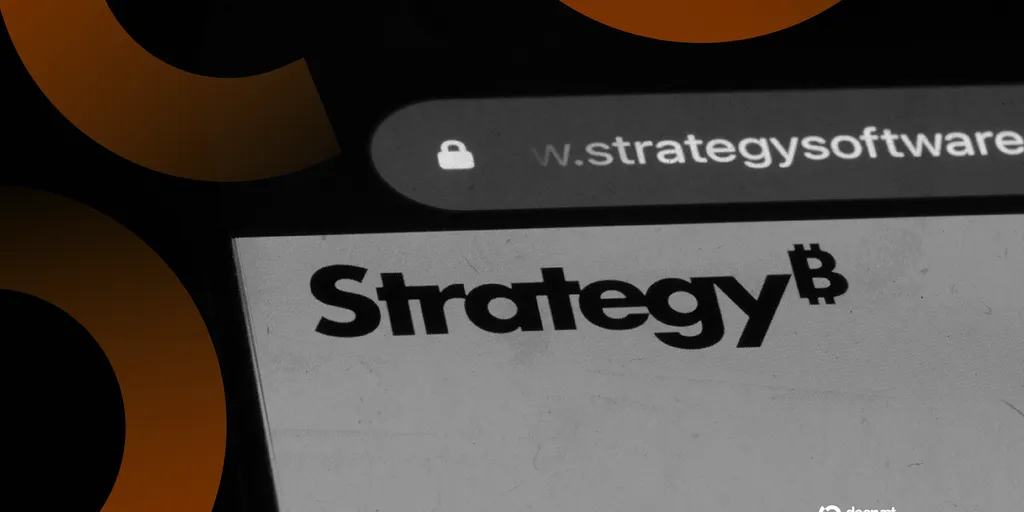Author: Avinash Lakshman, Founder and CEO of Weilliptic
Today's tech culture tends to prioritize solving the exciting parts first—clever models, appealing features—while treating accountability and ethical standards as future add-ons. However, when the underlying architecture of AI is opaque, any post-facto troubleshooting fails to clarify or structurally improve how outputs are generated or manipulated.
This is why we encounter cases like Grok calling itself "Fake Elon Musk" and Anthropic's Claude Opus 4 resorting to lies and extortion after accidentally deleting the company's codebase. Since these headlines broke, commentators have blamed prompt engineering, content policies, and corporate culture. While all these factors play a role, the fundamental flaw is structural.
We expect systems that were never designed for scrutiny to behave as if transparency is an inherent feature. If we want AI that people can trust, the infrastructure itself must provide proof, not just assurances.
When transparency is designed into the foundational layer of AI, trust becomes a driver rather than a constraint.
In consumer technology, ethical issues are often viewed as post-release considerations to be addressed after scaling the product. This approach is akin to building a 30-story office building before hiring engineers to confirm that the foundation meets code. You might get lucky for a while, but hidden risks will quietly accumulate until problems arise.
Today's centralized AI tools are no exception. When a model approves a fraudulent credit application or generates a medical diagnosis hallucination, stakeholders will demand—and rightly so—an audit trail. What data produced this answer? Who fine-tuned the model, and how was it fine-tuned? Which safeguards failed?
Most platforms today can only obfuscate and shift blame. The AI solutions they rely on were never designed to retain such records, so there are none or they cannot be traced back to generate these records.
The good news is that tools to make AI trustworthy and transparent do exist. One way to enforce trust in AI systems is to start with a deterministic sandbox. Related: Crypto-Punk AI: A 2025 Guide to Uncensored, Unbiased, Anonymous AI
Each AI agent runs within WebAssembly, so if you provide the same input tomorrow, you will receive the same output, which is crucial when regulators inquire why a certain decision was made.
Every time the sandbox changes, the new state is encrypted, hashed, and signed by a small group of validators. These signatures and hashes are recorded on a blockchain ledger, which cannot be rewritten by any single party. Thus, the ledger becomes an immutable log: anyone with permission can replay the chain and confirm that every step occurred exactly as recorded.
Since the agent's working memory is stored on the same ledger, it can persist after a crash or cloud migration without the usual additional databases. Training artifacts (such as data fingerprints, model weights, and other parameters) are also submitted in a similar manner, so the exact lineage of any given model version is provable rather than hearsay. Then, when the agent needs to call an external system (like a payment API or medical records service), it does so through a policy engine, which attaches encrypted credentials to the request. The credentials remain locked in a vault, and the credentials themselves are recorded on the chain along with the policy that allows them.
In this proof-oriented architecture, the blockchain ledger ensures immutability and independent verification, the deterministic sandbox eliminates non-reproducible behavior, and the policy engine restricts the agent to authorized operations. Together, they transform ethical requirements like traceability and policy compliance into verifiable guarantees, helping to catalyze faster and safer innovation.
Consider a data lifecycle management agent that snapshots, encrypts, and archives a production database on the chain, and processes a customer's deletion request months later while retaining that context.
Each snapshot hash, storage location, and data deletion confirmation is written to the ledger in real-time. IT and compliance teams can verify that backups are running, data remains encrypted, and proper data deletion has been completed by checking a provable workflow, rather than sifting through scattered, isolated logs or relying on vendor dashboards.
This is just one of countless examples of how autonomous, proof-oriented AI infrastructure can simplify enterprise processes while protecting businesses and their customers, unlocking new forms of cost savings and value creation.
Recent headline-grabbing AI failure cases do not reveal flaws in any single model. Instead, they are the unintended but inevitable result of "black box" systems, where accountability has never been a core guiding principle.
A system that carries its own evidence shifts the conversation from "trust me" to "check for yourself." This shift is important for regulators, individuals, and professionals using AI, as well as executives whose names ultimately appear on compliance letters.
Next-generation intelligent software will make significant decisions at machine speed.
If these decisions remain opaque, each new model becomes a new source of liability.
If transparency and auditability are native, hard-coded attributes, AI autonomy and accountability can coexist seamlessly rather than being in tension.
Author: Avinash Lakshman, Founder and CEO of Weilliptic.
Related: Grok, DeepSeek Surpass ChatGPT, Gemini in Crypto Trading Competition
This article is for general informational purposes only and should not be construed as legal or investment advice. The views, thoughts, and opinions expressed here are solely those of the author and do not necessarily reflect or represent the views and opinions of Cointelegraph.
Original: “Make AI Prove Itself: Transparency Should Be Architecture, Not an Afterthought”
免责声明:本文章仅代表作者个人观点,不代表本平台的立场和观点。本文章仅供信息分享,不构成对任何人的任何投资建议。用户与作者之间的任何争议,与本平台无关。如网页中刊载的文章或图片涉及侵权,请提供相关的权利证明和身份证明发送邮件到support@aicoin.com,本平台相关工作人员将会进行核查。




